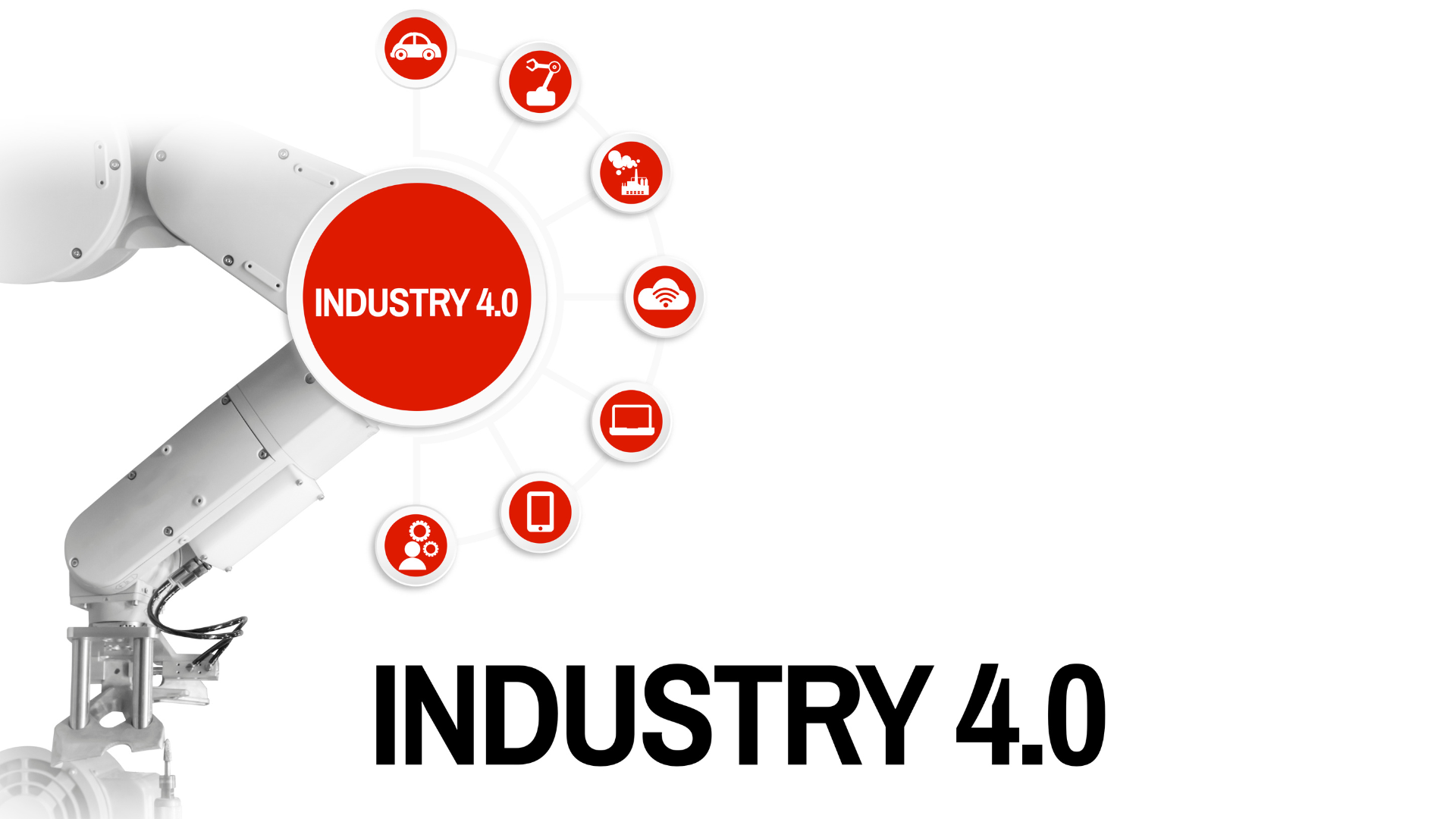Which Qualities Best Describe This Fourth Industrial Revolution?
Which Qualities Best Describe This Fourth Industrial Revolution?
The Fourth Industrial Revolution skills, or Industry 4. 0, has brought about significant changes in our technological approach and its impact on various industries. It stands out from previous industrial revolutions due to several distinctive features. One important characteristic of Industry 4. 0 is its emphasis on digital connectivity and automation. This revolution utilizes advanced technologies such as artificial intelligence, internet of things (IoT), big data analytics, and cloud computing to create a highly interconnected ecosystem within industries. The interconnectedness of various elements within a production process or supply chain plays a crucial role in facilitating effective communication and collaboration. In line with this, Industry 4. 0 places significant emphasis on the skill sets required in today's ever-changing landscape. Beyond technical competencies, it demands a workforce equipped with strong analytical skills and adaptability to rapidly evolving technologies. The ability to handle complex data sets, extract valuable insights from them, and make informed decisions based on those insights becomes imperative in this era of advanced interconnected systems. Industry 4. 0 offers numerous benefits to businesses, including improved productivity, enhanced operational efficiency, higher product quality, and cost savings through automation and process optimization. By incorporating intelligent technologies into their manufacturing or service processes, companies can achieve greater precision, faster production cycles, fewer errors, and improved products or services for customers.
However, it is crucial for businesses to thoroughly evaluate the challenges that accompany these advantages in order to make informed decisions. The rise of automation has raised concerns about job displacement. However, with the advent of Industry 4. 0, new employment opportunities are emerging in fields such as data analytics and robotics programming. It is important to note that certain traditional job roles may become obsolete or require reskilling/upskilling to adapt to this technology-oriented era. In contrast, Industry 5. 0 emphasizes the collaboration between humans and machines rather than relying solely on complete automation, aiming for a more balanced approach to harnessing technology while preserving human involvement in the workforce. The concept of Industry 5. 0 highlights the importance of human creativity and problem-solving skills alongside advancing technology. It seeks to create a collaborative work environment that combines the best of both worlds, leveraging advanced technologies while valuing the unique abilities of human workers. In contrast, Industry 4. 0 showcases how advanced technologies and connectivity can enhance productivity in various ways, such as through the implementation of IoT devices in smart factories for real-time monitoring and optimization of production processes. The Fourth Industrial Revolution has introduced groundbreaking technologies that are changing the way industries function. Predictive maintenance systems, powered by machine learning algorithms, can proactively detect equipment failures before they occur. Autonomous vehicles are revolutionizing transportation and logistics sectors. These advancements require a skilled workforce capable of harnessing these benefits while navigating the challenges brought on by this era of industrial revolution.
In order to thrive in the era of the Fourth Industrial Revolution, individuals must possess a unique blend of skills that encompass both technical expertise and adaptability. The rapid advancement of emerging technologies such as artificial intelligence, robotics, internet of things (IoT), and big data analytics has made proficiency in these areas crucial for success. However, it is not just technical skills that are in demand. Critical thinking, problem-solving abilities, creativity, and a strong willingness to continuously learn and upskill are equally important traits that individuals should cultivate. By embracing these qualities, individuals can navigate the ever-evolving landscape of the Fourth Industrial Revolution with confidence and stay ahead of the curve in their respective fields.

Advantages and Disadvantages of Fourth Industrial Revolution PDF
The Fourth Industrial Revolution brings forth numerous advantages, notably through increased automation which leads to enhanced efficiency and productivity across various industries. This revolution has the potential to not only streamline processes but also create new job opportunities in areas related to technology development and implementation, thereby fostering economic growth and innovation. However, it is important to acknowledge the challenges that accompany this transformative period. One such disadvantage is the concern over job displacement as automation takes over certain tasks traditionally performed by humans. This necessitates a shift in workforce dynamics, prompting workers to reskill or upskill in order to remain relevant in an ever-evolving job market. Nonetheless, proactive measures can be taken to mitigate these challenges. Governments and organizations can invest in robust training programs that equip individuals with the necessary skills for emerging roles in the digital era. Furthermore, policies can be put into place to ensure a smooth transition for workers who may face displacement, such as offering reemployment services or incentivizing businesses to create new jobs aligned with evolving technologies. Ultimately, embracing the Fourth Industrial Revolution while addressing its associated challenges will require a collective effort from all stakeholders involved - governments, businesses, educational institutions, and individuals. By doing so, we can harness the full potential of this revolution and create a future where technology empowers us rather than displaces us.
Industrial Revolution PDF
In order to obtain a comprehensive and in-depth knowledge about the Fourth Industrial Revolution, there are valuable resources available online in the form of PDF documents and PowerPoint presentations. These materials provide concise summaries on this transformative phenomenon, covering a wide range of aspects. By referring to these resources, you can delve into the fundamental concepts behind the Fourth Industrial Revolution, explore its implications for various sectors, and gain insights from real-life case studies that highlight its impact on industries - such as Industry 4. 0 or even the emerging concept of Industry 5. 0. These resources offer an extensive exploration of this topic and serve as invaluable tools for individuals seeking to enhance their understanding of this revolutionary era we find ourselves in.
Fourth Industrial Revolution Summary
Industry 4. 0, a term that has gained immense popularity in recent years, pertains to the integration of cutting-edge digital technologies into the traditional manufacturing processes. This transformative concept involves leveraging technologies such as artificial intelligence, Internet of Things (IoT), big data analytics, and automation to enhance efficiency, productivity, and decision-making within manufacturing operations. On the other hand, Industry 5. 0 takes this integration to a whole new level by emphasizing the significance of human-machine collaboration in advanced manufacturing settings. In this paradigm shift, humans and machines work together synergistically to achieve unprecedented levels of productivity and innovation. By leveraging the unique capabilities of both humans and machines, Industry 5. 0 aims to create a harmonious environment where humans can focus on tasks that require creativity, problem-solving abilities, and emotional intelligence while machines handle repetitive or physically demanding tasks. In summary, while Industry 4. 0 focuses primarily on the integration of digital technologies into manufacturing processes for increased efficiency and productivity gains, Industry 5. 0 places an equal emphasis on fostering collaboration between humans and machines to unlock new possibilities in advanced manufacturing settings.
Industry 5.0 Examples
Industry 4. 0, the fourth industrial revolution, showcases remarkable advancements in the manufacturing sector. One of its prominent examples is the implementation of smart factories, which leverage Internet of Things (IoT) devices to enable real-time monitoring and optimization of production lines as well as supply chains. This enables companies to streamline their operations, enhance efficiency, and reduce costs. On the other hand, Industry 5. 0 represents a paradigm shift in manufacturing that emphasizes the collaboration between humans and advanced technologies. It recognizes that there are certain tasks that require human creativity and complex decision-making abilities beyond pure automation. In this context, robotics plays a crucial role by augmenting human capabilities rather than replacing them entirely. By combining human ingenuity with cutting-edge technologies like robotics and artificial intelligence, Industry 5. 0 aims to unlock new possibilities for innovation and problem-solving within various industries. This approach not only enhances productivity but also fosters an environment where humans can leverage their unique skills alongside machines to achieve unprecedented levels of efficiency and creativity.
By delving into these abundant resources and comprehensively grasping the fundamental concepts within the framework of the Fourth Industrial Revolution, including but not limited to the skills that are crucially required, as well as meticulously examining the advantages and disadvantages associated with it, you can truly unlock a wealth of valuable insights. This will enable you to fully comprehend and appreciate the transformative impact this revolution has had on various sectors. By further dissecting specific examples within both Industry 4. 0 and its subsequent iteration, Industry 5. 0, you will acquire an even deeper understanding of how this revolution has reshaped industries across the globe.
You might also like



